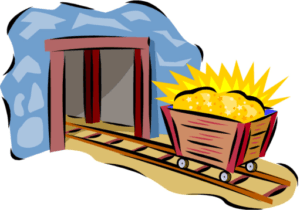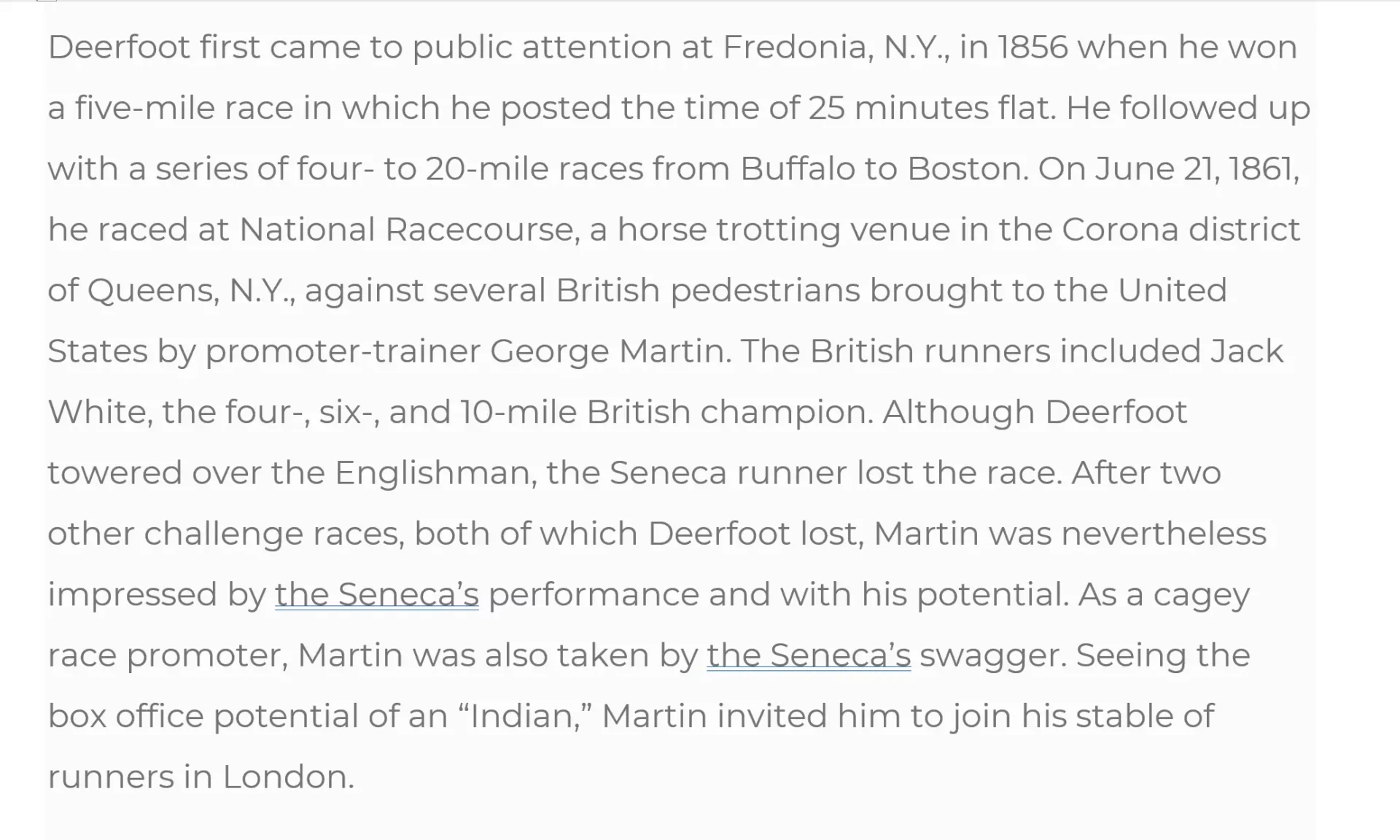LESSON 3.10
Research the Old Variable
Grades 7 – Adult

The Old Variable lays the foundation for reader understanding.
Your example is Billy Mills. The What Statement reads like this:
- Billy Mills, the only American ever to win the 10,000-meter race in the Olympics, had to overcome prejudice against Native American runners.
New2 Variable: Billy Mills
New1 Variable: prejudice against Native American runners.
| LH | VP | RH |
|---|---|---|
| Billy Mills, the only American ever to win the 10,000 meters in the Olympics, | had to overcome | prejudice against Native American runners. |
You can turn the sentence around if you wish:
- Prejudice against Native American runners could not stop Billy Mills from becoming the only American ever to win the 10,000 meter race in the Olympics.
| LH | VP | RH |
|---|---|---|
| Prejudice against Native American runners | could not stop | Billy Mills from becoming the only American ever to win the 10,000 meters in the Olympics |

Which Variable Do We Start With?
If Variable 1 is Old and the other is New, then start with the Old.
If both variables are New, then start with the earlier or more general one.
Racism against early Native American runners is earlier and more general than racism against Billy Mills. Therefore:
Variable 1: Racism against early Native American runners
Variable 2: Racism against Billy Mills
Starting Your Research
- Do not research only the one part of your paper you are working on. Let’s say you are working on Variable 1. Look for information for that section, but also look for information for Variable 2 and the Y or Ys. That way, you won’t need to reread.
- Include Wikipedia. This often is a good place to start. (Though not for this particular sample essay.)
You cannot use the Wikipedia material directly. Wikipedia is like a library. Instead, locate the little number at the end of the information you want. It corresponds with the sources at the bottom of the Wikipedia entry. Look them up.
- Use the Net. However, be careful what source(s) you look up. Check to see who wrote the article. What are their qualifications? People who are not experts often contribute articles. Avoid those.
- Use college libraries. College libraries focus on academic articles. Those are written by specialists for college students and other professionals. Academic articles can be difficult to understand, so read the abstract (summary) at the beginning to see if you can follow the ideas. In most cases, you must be a college student to use a college library. However, if your parents or teachers are taking classes, then you can use their access.
- Avoid using books unless they are specialized. Books tend to be general, and their information is often out of date.

Copy and Paste
Take notes using the shopping list technique.
A more efficient way to conduct research, however, is to copy and paste. As you read an article, ask yourself, Can I use this information in my paper? Which part of my paper does it fit? Variable 1? Variable 2? Y1? Y2 (if a Y2 exists)
For example, let’s say that you are reading the article about Deerfoot and Thomas Longboat. You come across this paragraph:

George Martin, an English
Keep the cut material on one group of pages for each paper of your paper.
Task 3.10.1 – Tandem or Small Group
- Set up a file with the following headings, one per page, plus that part’s topic:
Sources
Variable 1 – Early racism against Native American runners
Variable 2 – Billy Mills and racism
Y1 – Billy Mills and community rebuilding
Y2 – Billy Mills and Native American runners after him
- Copy relevant ideas and information, and paste it onto the appropriate page. Don’t worry if the text comes out chopped up.
- Keep a list of the sources you use. Number them. For example:
- https://ultrarunning.com/features/destinations/in-the-beginning-native-americans/
- https://www.americanindianmagazine.org/story/great-iroquois-runners-lewis-deerfoot-bennett-and-tom-longboat
- https://en.wikipedia.org/wiki/Jim_Thorpe
- https://www.csmonitor.com/Books/Book-Reviews/2022/0816/Jim-Thorpe-ran-track-and-played-football.-He-tried-to-outrun-racism
How Much Information Do You Need?
It is better to have too much information than too little. If you have too little, you will leave out information – and earn a low grade – or you will need to reread and take notes over again. Save time! Try to obtain a good amount of information the first time.
In general, take—
- Ideas that summarize
- Ideas that define, describe, or discusses the main ideas
- Examples
- Dates, names, places, and so on
Isn’t This Copying?
Isn’t copying plagiarizing? Yes.
Should you be copying? YES!
Many students try to take notes as they go. That’s fine, if you use the shopping list method. But too many students try to write as they read. But everyone gets tired. When you’re tired, you start copying, and later you do not realize what is put in your own words and what is copied.
Instead, copy all the information. When you write the paper later, you will know that everything needs to be paraphrased.
Getting Started
For this sample essay, we began by typing the following into our server—
Early Native American runners
19th century Native American runners
Jim Thorpe racism
We selected the following:
- https://ultrarunning.com/features/destinations/in-the-beginning-native-americans/
- https://www.americanindianmagazine.org/story/great-iroquois-runners-lewis-deerfoot-bennett-and-tom-longboat
- https://www.csmonitor.com/Books/Book-Reviews/2022/0816/Jim-Thorpe-ran-track-and-played-football.-He-tried-to-outrun-racism
Notice that we do not start with a lot of sources. You’re not writing a book! Add more sources only if you cannot find enough relevant information.
Create a Basic Organization
From our reading, we decided we would write about the following, in a chronological order:
Early Native American runners
Lewis “Deerfoot” Bennett
Tom Longboat
Jim Thorpe
Task 3.10.2 – Tandem or Small Group
Click on “Unit II Research – and then on the folder marked Nonfiction Without Narrator.”
You will find a folder marked “Articles.”
The excerpt file contains excerpts from this chapter’s subject.
- The article is marked up for copying and pasting.
Click here to access the file - Copy and paste the marked-up sections onto Word pages marked—
• Variable N1 – Early Native American runners and racism
• Variable N2 – Billy Mills and racism
• Why 1 – Mills and later Native American runners
• Why 2 – Mills and his community - Put a big #1 at the start and at the end of each source’s material.
- Repeat throughout the article.
Alternative Task 3.10.3 – Tandem or Small Group
If you do not have access to several computers, then your teacher can photocopy the articles and give them to each group. Mark up the article with highlighters and use the shopping list method.
